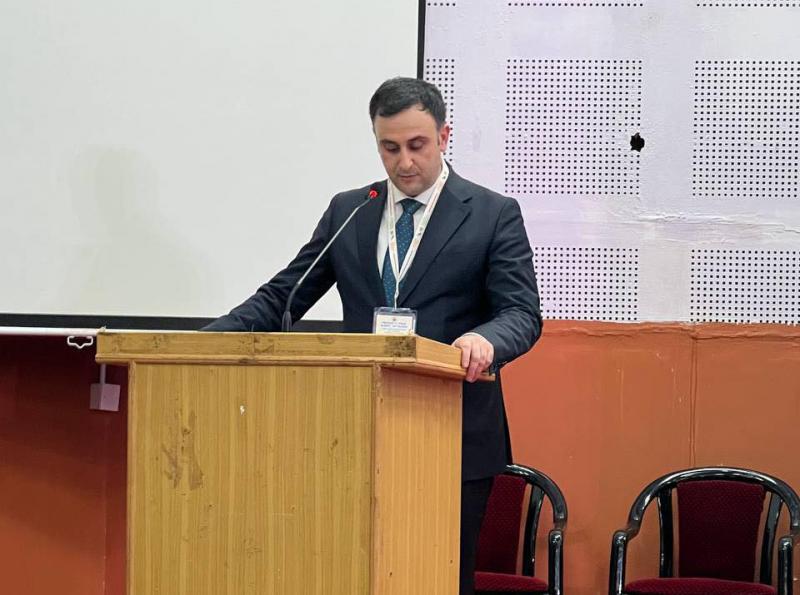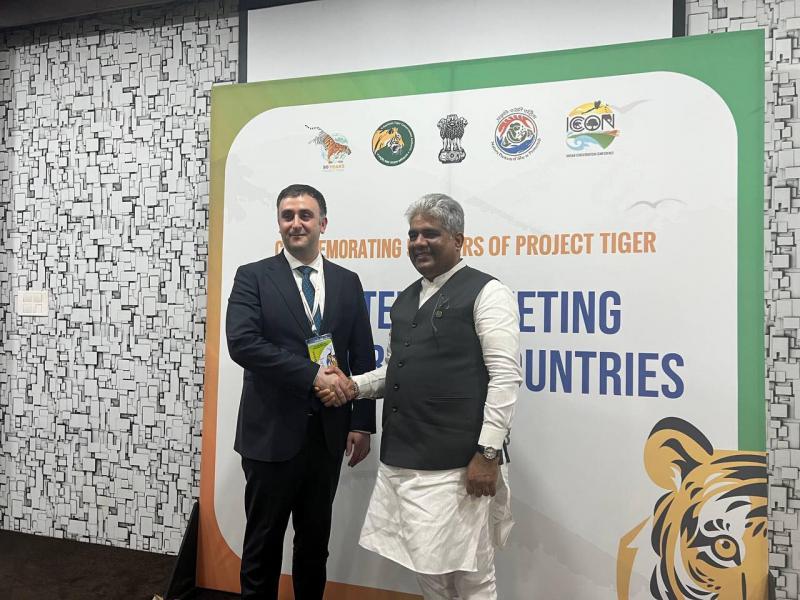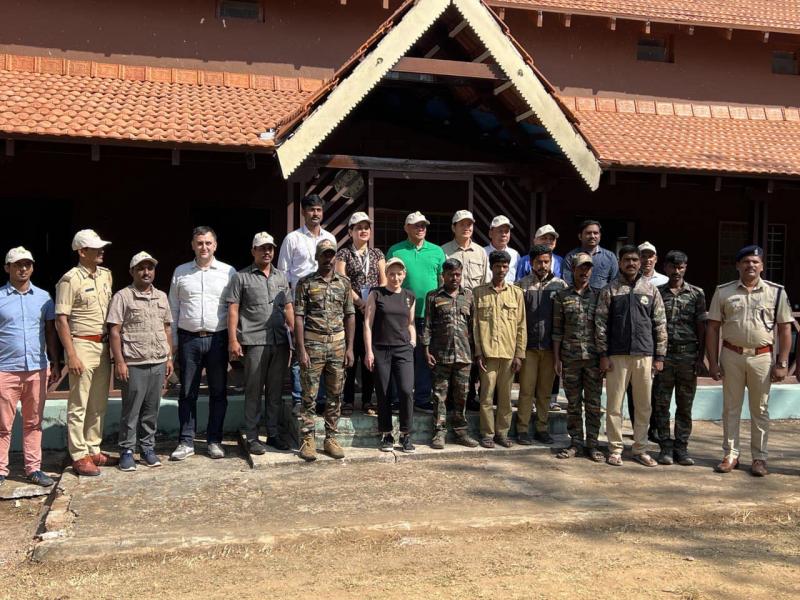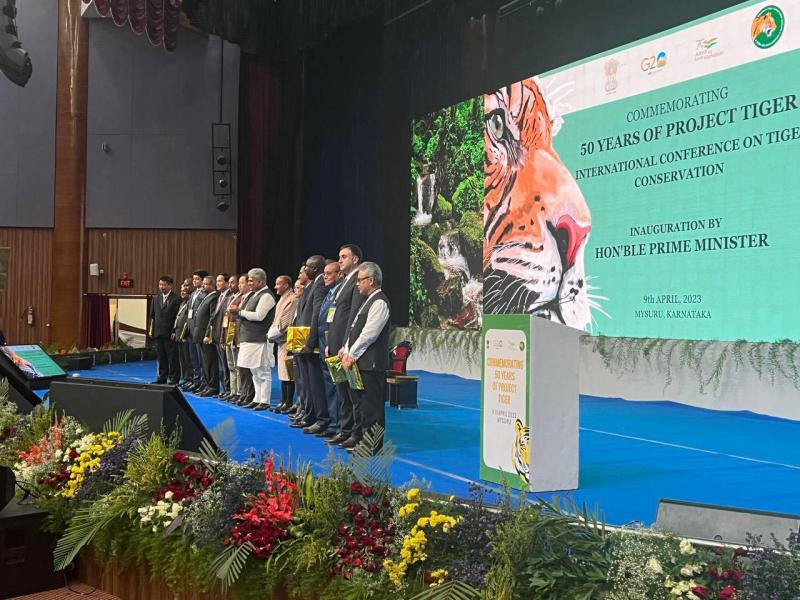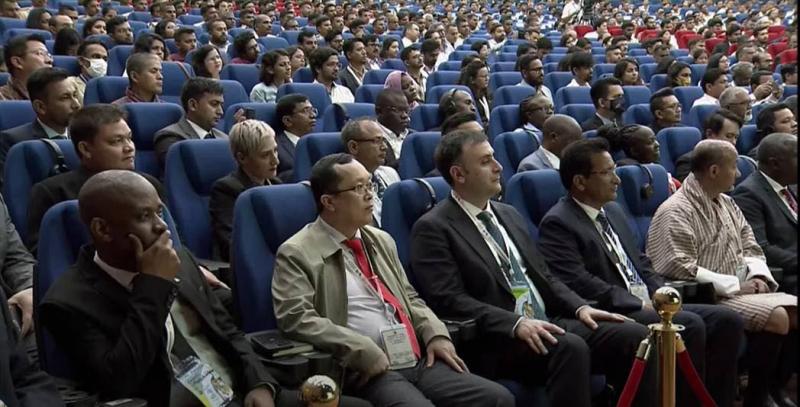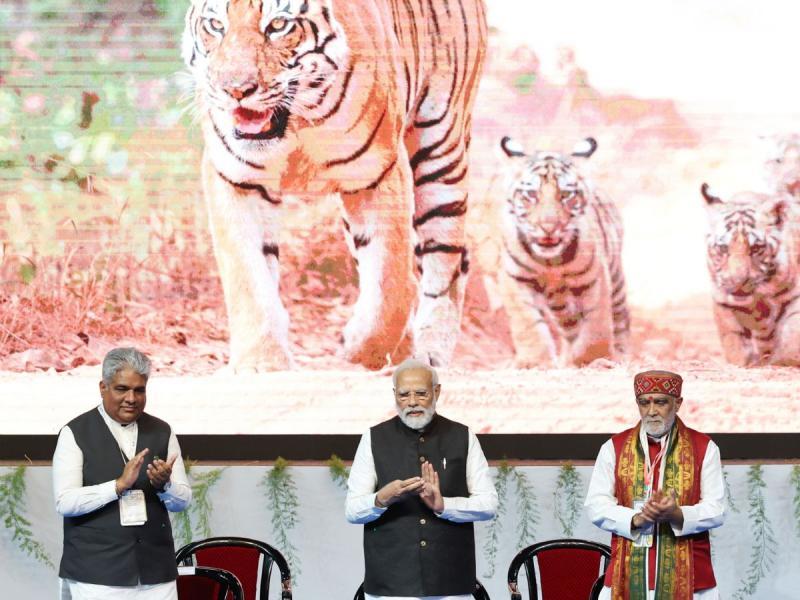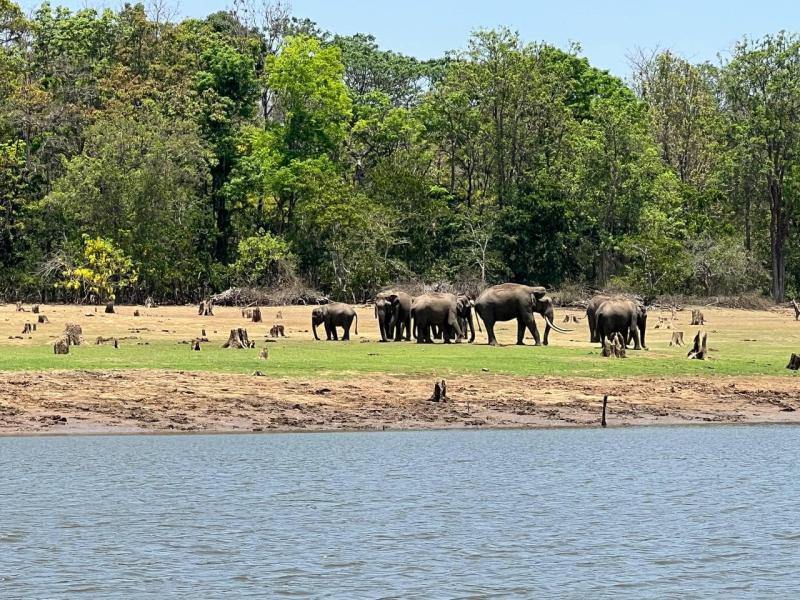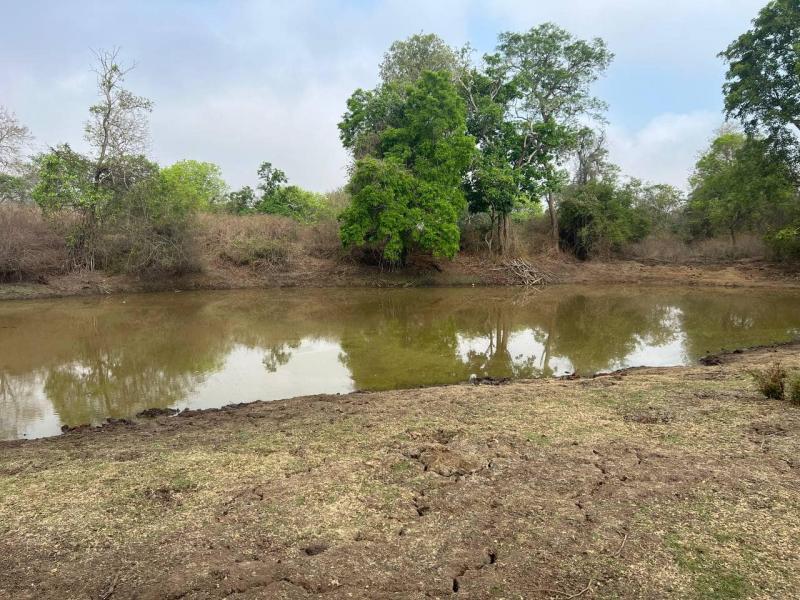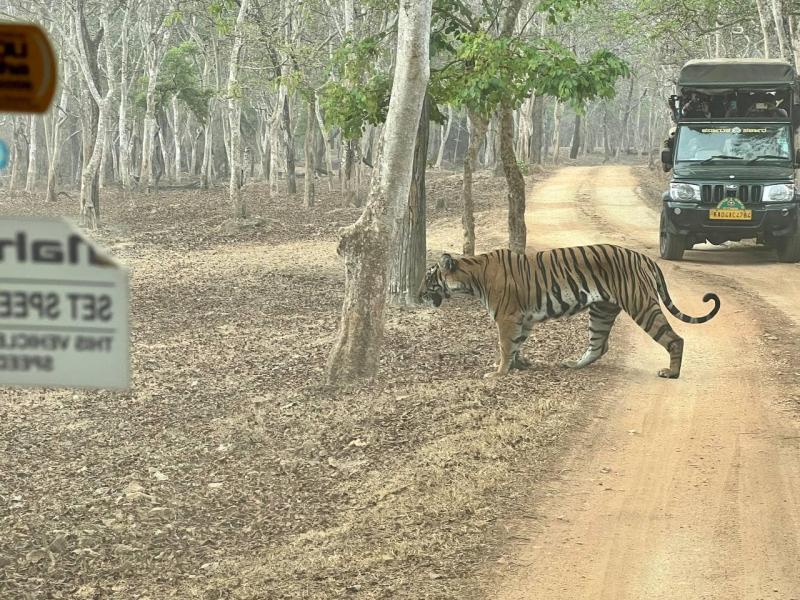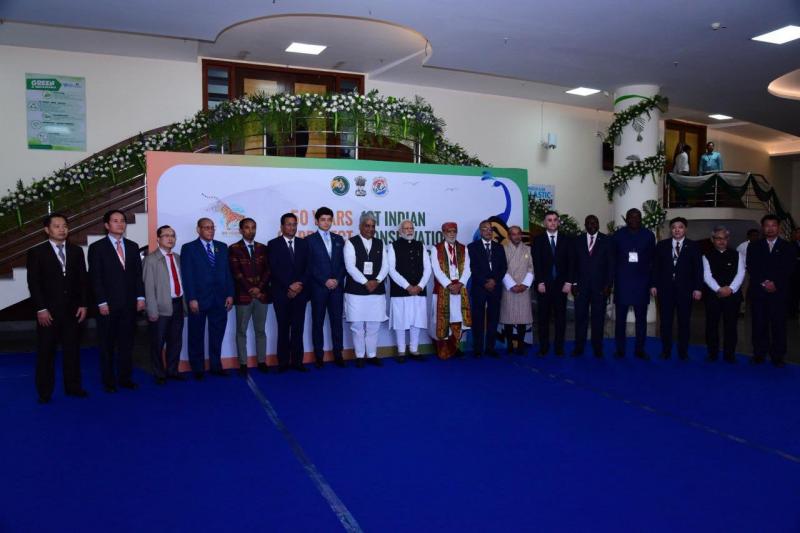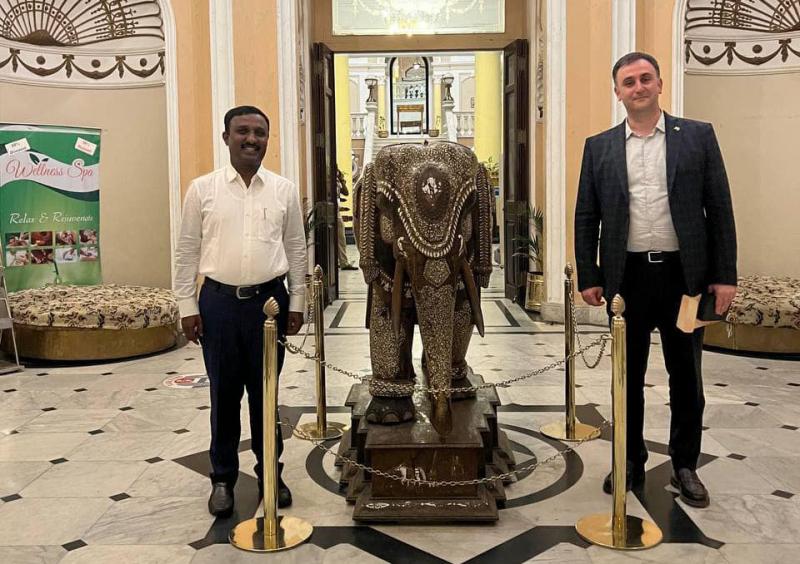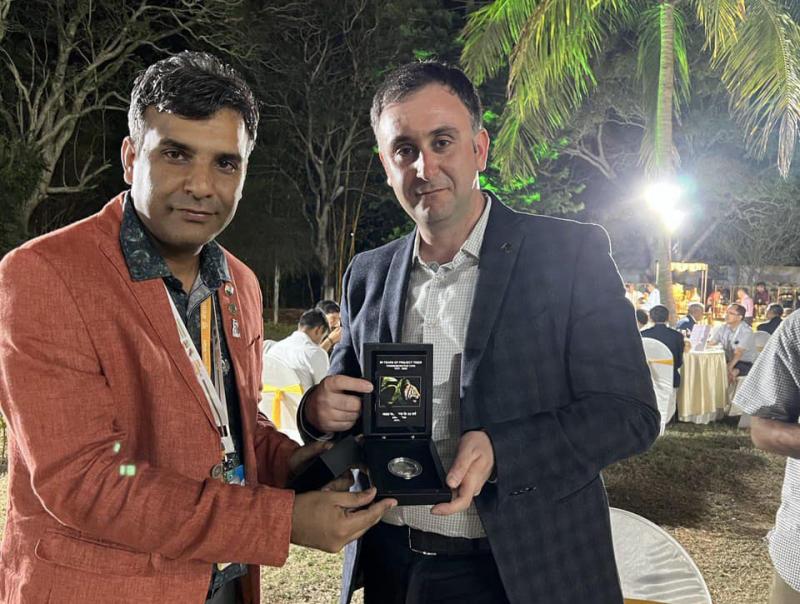Deputy Minister of Environment Aram Meymaryan and Head of Specially Protected Areas and Biodiversity Department of the Ministry Voskehat Grigoryan participated in the 50th anniversary of "Project Tiger" and "Big International cooperation of cats" (felines: tiger, leopard, lynx, lion, etc.) at the events dedicated to the launch of the alliance.
The "Tiger Project" was launched back in 1973 and is one of the largest tiger conservation initiatives, which, thanks to consistent actions and measures, has been able to help preserve and restore the number of tigers in the world.
During the two-day conference, officials from the field of environmental protection, representatives of international and non-governmental organizations who came to India from different countries of the world discussed the possibilities of unifying efforts and implementing joint projects aimed at protecting the declining population of big cats in the world.
Deputy Minister Aram Meymaryan made a speech and talked about the rich biodiversity of our country and the "Leopard conservation in Armenia" program implemented in 2002 jointly with the Armenian Ministry of Environment and the Armenian branch of the World Wide Fund for Nature (WWF Armenia). The goal of the project is to increase the leopard population in Armenia by protecting its habitats, strengthening the protection of specially protected areas of nature, which are the natural habitats of the leopard, such as Khosrov Forest State Reserve and Arevik National Park. In addition, the program aims to reduce illegal activities outside the protected areas, to create compensation mechanisms to mitigate the conflict between people and leopards.
Aram Meymaryan presented the successes and achievements of the project, highlighted the role and importance of big cats in having healthy ecosystems. Concluding his speech, he once again emphasized the need to unite efforts for the preservation of biodiversity.
"The leopard conservation program in Armenia is a great example of how people can work to protect and restore our planet's biodiversity. By protecting key species such as the leopard and other big cats, we ensure the health and balance of the ecosystem, which is important for the survival of other species," said Aram Meymaryan.
Within the framework of the conference, during the field visits, the delegations of the participating countries were given the opportunity to familiarize themselves with the rich biodiversity of Handkastan, as well as with the management system and activities of the structures that implement conservation.
During the conference, the "International Big Cat Alliance" (IBCA) was launched, which will focus on the protection and conservation of the world's seven big cats. Membership in the Alliance will be open to countries that are the natural habitat of these species and to other interested countries, international organizations, environmental partners, scientific organizations and businesses willing to contribute to IBCA's goals and activities.


